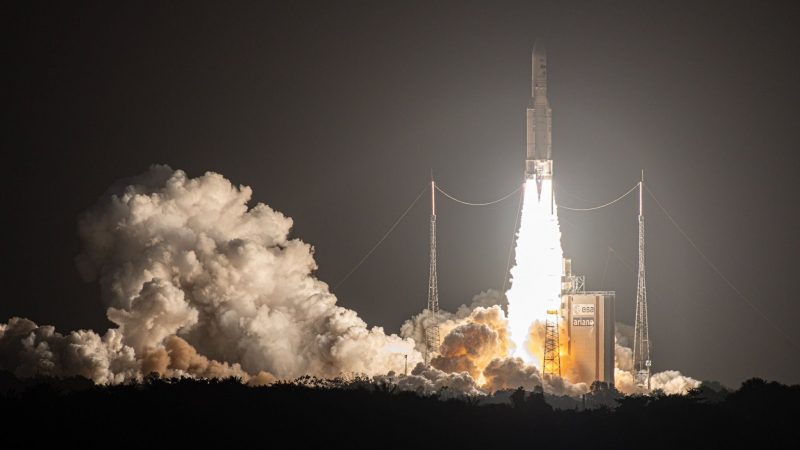Last year was an excellent year for space exploration, with the icing on the Christmas cake the first-ever image acquired of a black hole by the Event Horizon Telescope.
This year, 2020, is set to be interesting too. Here’s what to look out for.
Human spaceflight
The year 2020 is set to be quite a big one for human spaceflight, especially for private companies. Both SpaceX’s Dragon 2 and Boeing’s CST-100 Starliner spacecraft are due to conduct their first crewed missions to the International Space Station (ISS). Both of these projects have been beset with delays, however in recent months both companies have completed a series of successful pre-flight tests.
These include multiple parachute drop tests and the ability of the capsules to rocket themselves free of their launcher in the event of some catastrophic failure. That said, an uncrewed orbital test flight for the Starliner in December failed to reach the ISS as planned, due to a software problem. SpaceX, on the other hand, has already completed an uncrewed orbital test flight of the Dragon 2, and currently expect to launch their first crewed ISS mission in the first quarter of 2020.
Not to be outdone, NASA is scheduled to launch Artemis-1 in November. This will be the first attempted flight of its new Space Launch System, and the Orion spacecraft built jointly by NASA and the European Space Agency (ESA).
This flight, though uncrewed, will take a human-rated spacecraft well beyond the orbit of the moon, before returning to Earth several weeks later. This will be a vital milestone on the road to returning people to the moon. It will also, if successful, be the furthest distance from Earth that a spacecraft which is capable of carrying humans has ever flown. The Orion spacecraft is comprised of the crew capsule, built by Lockheed Martin, with sufficient space to accommodate up to six people, and a service module built in Europe, by Airbus.
China is also planning to launch the first section of a new orbital space station in 2020. When complete, China’s new space station is expected to have about the same dimensions as the former Russian Mir, including a number of orbital laboratory modules and enough space to comfortably accommodate three crew members for extended periods in orbit.
Life on asteroids?
The Japanese Space agency (JAXA) launched the Hayabusa 2 mission in 2014, which managed to collect a few samples from the asteroid 162173 Ryugu. This should be arriving back at Earth this year. The procedure for achieving this was incredible. As the gravity of the asteroid is tiny, no force can hold a lander to the surface. The first sample of the surface involved firing a small pellet at the asteroid which caused regolith (soil) to be ejected from the surface. At the same time, the satellite approached the surface to collect the dust.
Read more: The Conversation

































